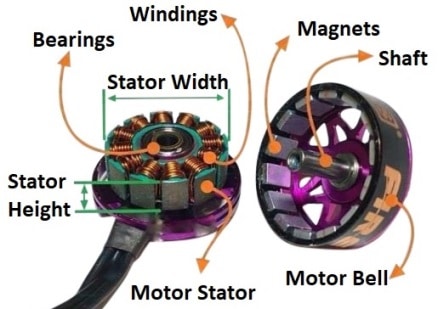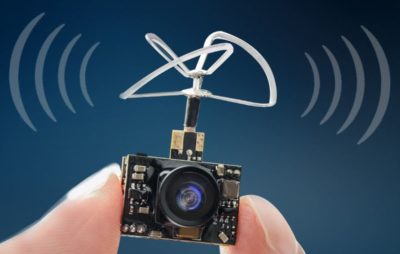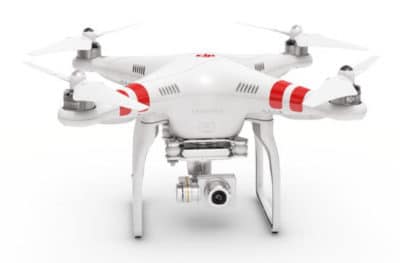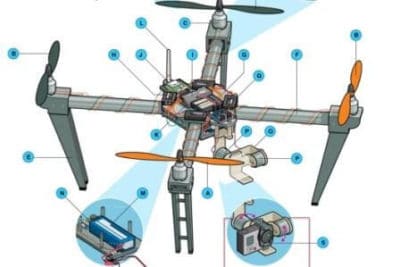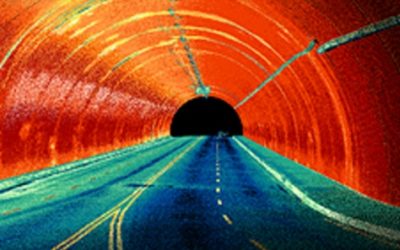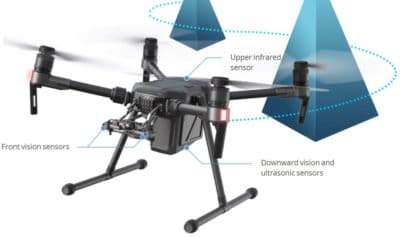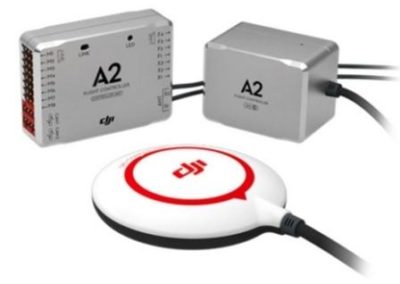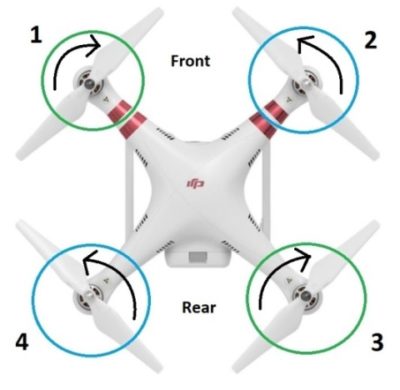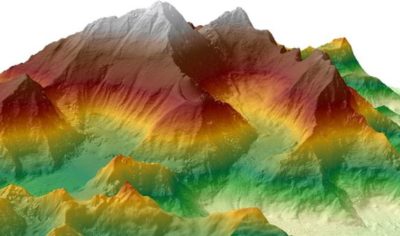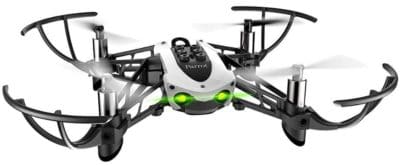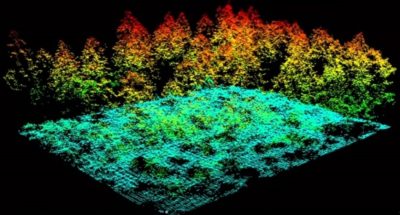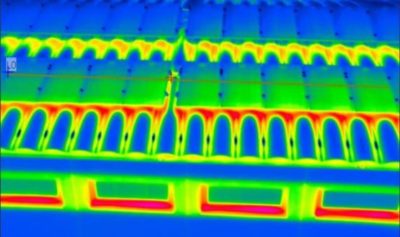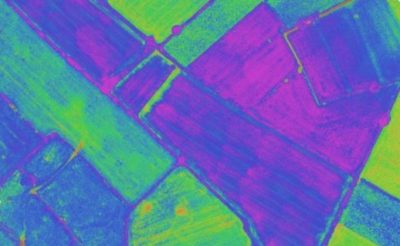FPV cameras are small, light and reasonably priced. The FPV camera is mounted onto a drone to send real time video down to the ground using a video transmitter. The FPV camera allows you to see where the drone is flying and what it is seeing as if it had its own eyes.
Depending on the drone, the FPV transmitter will send the live video signal to your Remote Control screen, monitor, smartphone device, tablet or FPV goggles.
FPV cameras like the one you find on the DJI FPV allow you to fly higher and further with some of latest drones being able to fly up to 5 miles away using FPV technology. Military drones or large high-end drones can fly thousands of miles using FPV technology.
This post answers the question of what is FPV camera systems and technologies. Here we explain the latest FPV camera technology on small consumer, commercial and FPV racing drones including CMOS or CCD imaging sensors, Fields Of View (FOV), TVL, Dynamic Range and much more.
When you understand FPV camera technology in drones, then you have the knowledge to make changes and expand the distance of the FPV live video. Another terrific article for you to read is entitled “Extending Drone Live Video, Gain And Range” which discusses further on how antennas, transmitters and receivers work.


